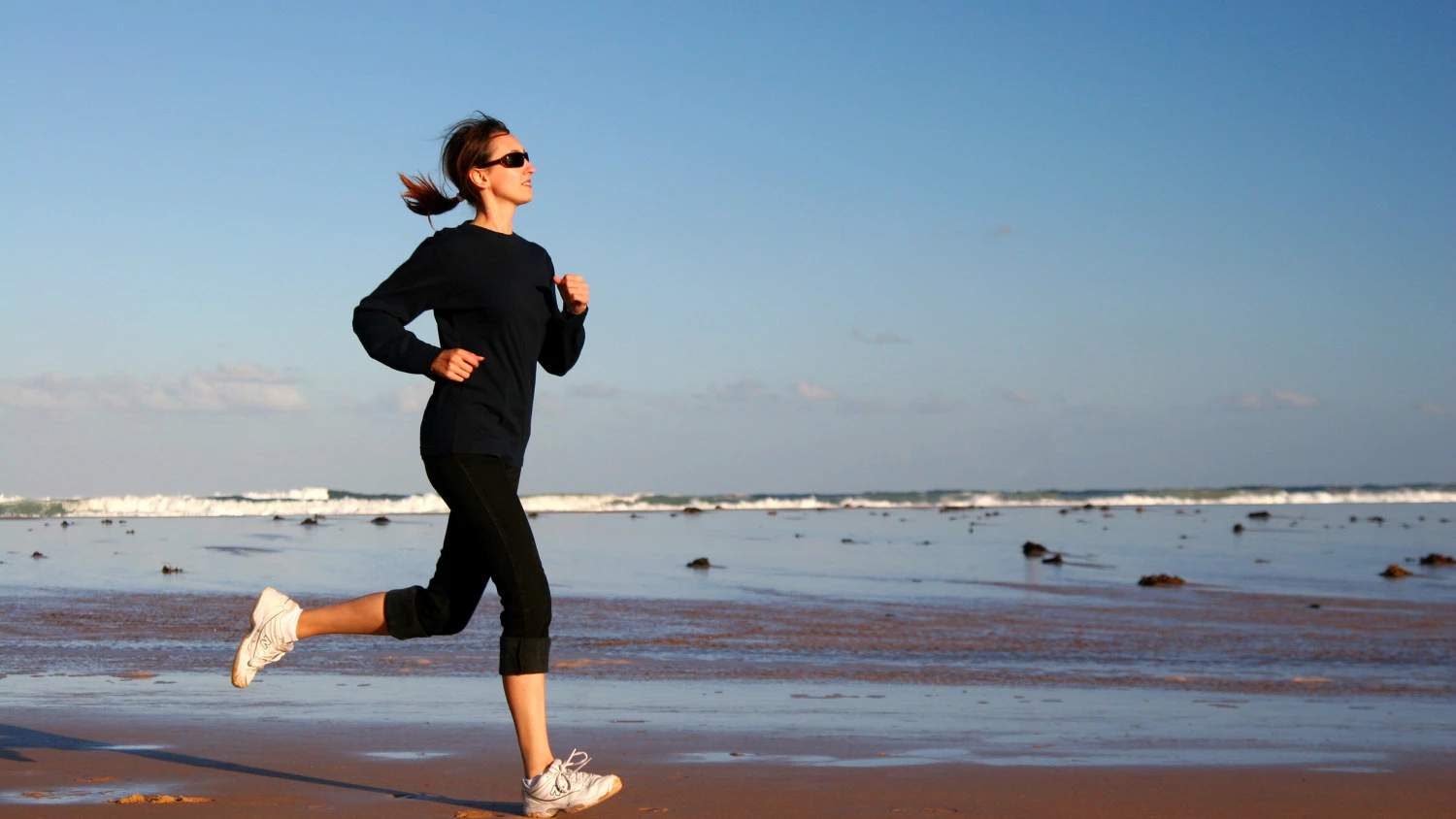New Longevity Indicator – How Fast You Walk

How long will you live? Yes, while that decision is ultimately up to our Maker, there are numerous biomarkers that can help predict our lifespan. The newest on the block? Walking speed.
For the young and middle-aged, how fast we walk is usually determined by outside factors, such as whether we’re walking for exercise, late for an appointment or simply taking a stroll in the park. But according to a large study published this year, for the elderly over the age of 75, walking speed might be an important indicator of how long a person is likely to live.
The longevity of elders is useful information, not only for their personal consideration, but also to identify those likely to live many more years, who may be appropriate recipients of longer term health care treatments. Walking speed may also provide evidence of various health risks.
Until now, the longevity of elders was predicted by calculations involving their age, sex, chronic conditions, smoking history, blood pressure, body mass index, hospitalization history, use of mobility aids, and self-reported function. However, these factors could only roughly estimate the elders’ remaining lifespan, and most of them had almost nothing to do with other elements of health – the years they predicted were often bedridden and full of suffering.
“Remaining years of life vary widely in older adults, and physicians should consider life expectancy when assessing goals of care and treatment plans. However, life expectancy based on age and sex alone provides limited information because survival is also influenced by health and functional abilities,” says the study in the January 5th issue of the Journal of the American Medical Association (JAMA).
Stephanie Studenski, M.D., M.P.H., of the University of Pittsburgh, and her colleagues sought a better and more holistic way to determine elders’ overall health, and they decided to investigate walking speed. They performed a study involving a pooled analysis of nine participating studies performed between 1986 and 2000, using individual data from 34,485 community-dwelling adults with an average age of 73.5 years. The minimum age was sixty-five. 59.6% of the participants were women, and 79.8% were white. The participants’ walking speed was recorded and followed for up to twenty-one years.
Walking speed was calculated for each participant using distance in meters and time in seconds. The participants started off standing, and were told to walk at their usual pace. The distance they walked varied from eight feet to six meters. Their average walking speed was 0.92 meters (three feet) per second.
17,528 of the participants died during the study. The researchers found highly significant correlation between better survival rates and faster walking speeds. As it turns out, walking speed, simple though it may be, is not only intimately related to general wellbeing, but also a more accurate indicator of pure longevity than any other yet discovered.
So why are better health and longevity associated with walking faster? “Walking requires energy, movement control, and support and places demands on multiple organ systems, including the heart, lungs, circulatory, nervous, and musculoskeletal systems,” the study’s authors explain. “Slowing gait may reflect both damaged systems and a high energy cost of walking.”
In an accompanying editorial, Matteo Cesari, M.D., Ph.D., of the Universita Campus Bio-Medico, Rome, writes, “It represents a global marker of health status, and an optimal secondary and complementary outcome to support research findings, clinical decisions, or both aimed at modifying more pragmatic end points. …assessing gait speed in older persons is likely to be a useful research tool and may have a clinical role.”



